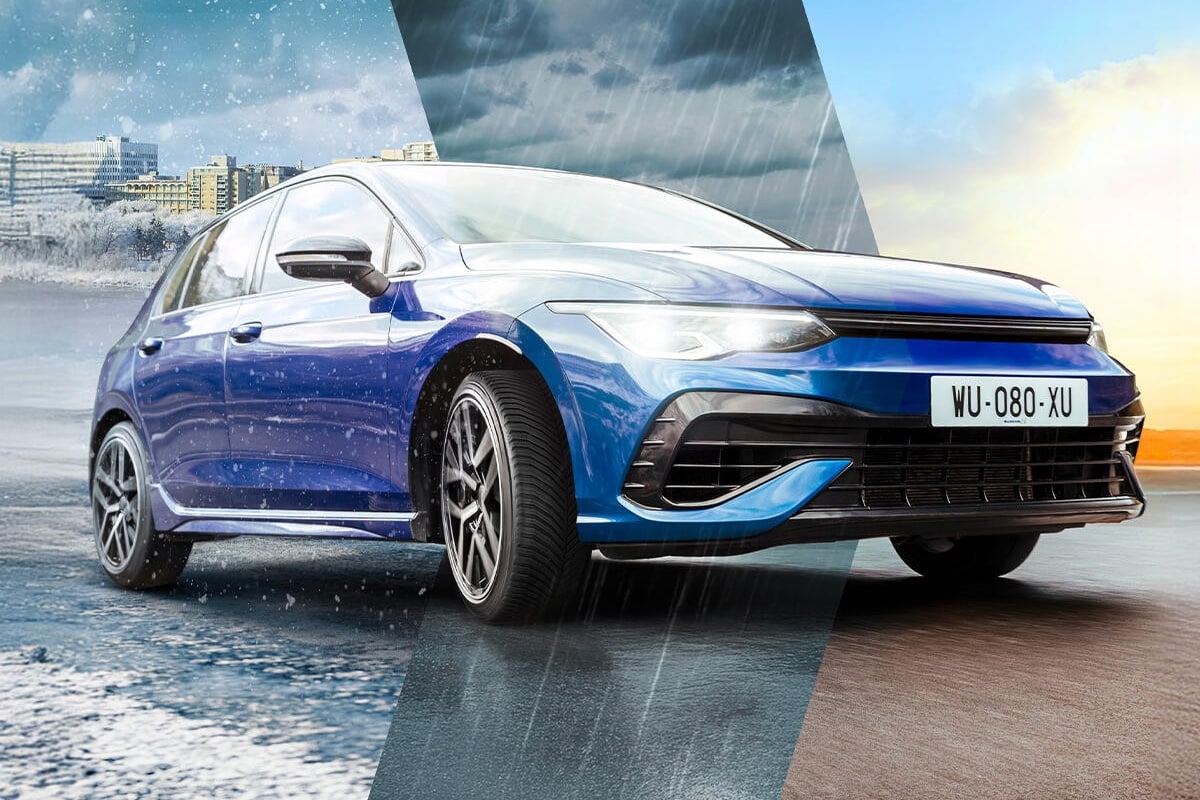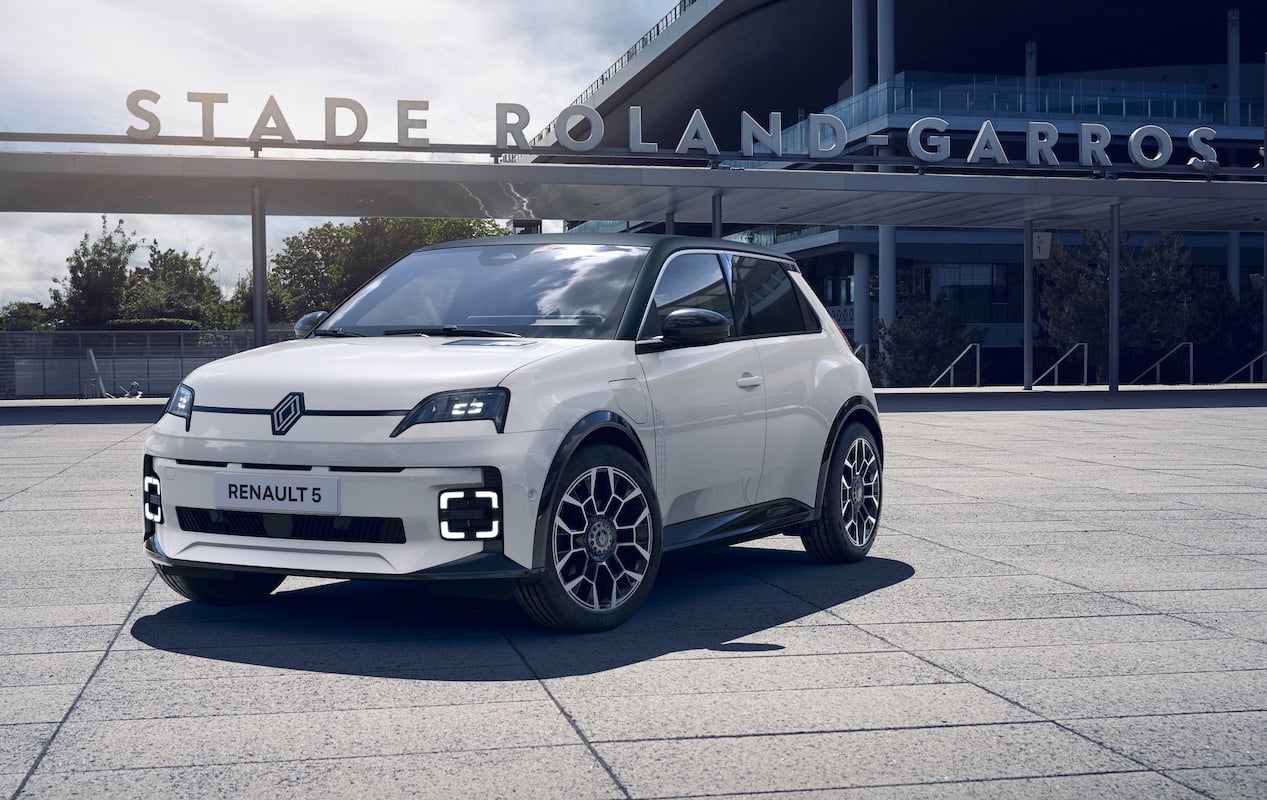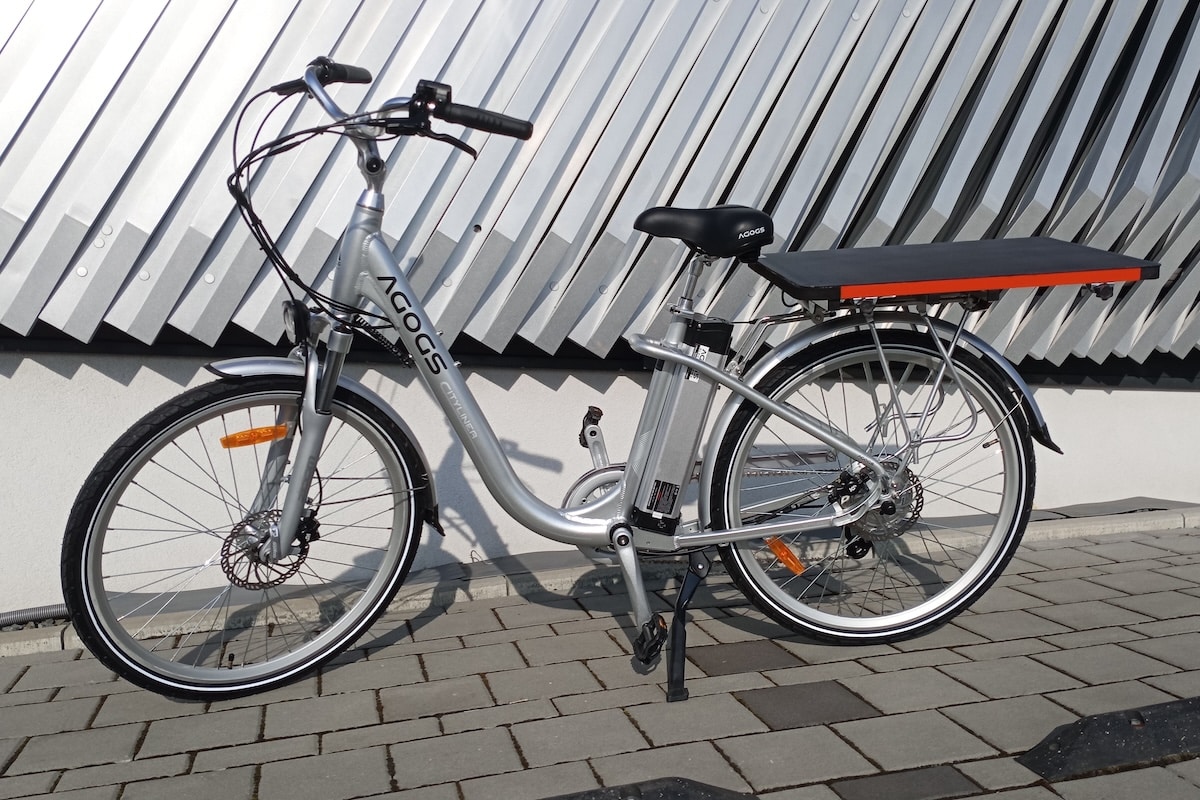Michelin Leads the Race Against Wear Particles

Michelin once again recognized by ADAC for its performance in reducing wear particles.
Long overlooked in discussions about automotive pollution, tire abrasion now presents itself as a major environmental issue as illustrated by Michelin. In this context, ADAC—the German automobile club known for the rigor of its tests—published a study in May 2025 covering 160 tire models. For the second consecutive time, Michelin is recognized as the manufacturer generating the least wear particles, with emissions 26% lower than the average of premium tires.
This performance confirms a previous study conducted in 2021, in which the French group was already widening the gap with its competitors. A leadership based on two decades of targeted research and development, enabling Michelin to demonstrate a tangible advantage in both environmental and performance aspects today.
However, while the Clermont-based manufacturer has had this approach for a long time, the broader mobilization of the industry appears to be more recent. It must be acknowledged that the prospect of the Euro 7 standard, voted in July 2024 and applicable in 2027, has acted as a catalyst. For the first time, this regulation will impose a cap on particulate emissions resulting from tire wear. While it may not have been spontaneous, the awareness among certain players in the industry is nonetheless real.
An invisible enemy
Each year, road transport is responsible for around 500,000 tons of wear particles in Europe. Michelin, which reduced the emissions of its tires by 5% between 2015 and 2020—avoiding 100,000 tons—intensifies its efforts. The group invested 786 million euros in R&D in 2024 and has partnered with CNRS and the University of Clermont Auvergne to create a laboratory dedicated to the biodegradability of particles.
You might be interestedin this article:
The very recent CrossClimate 3 Sport, certified for winter, illustrates the progress made: it emits 23% fewer particles than the Pilot Sport 5, its summer equivalent. Between performance, longevity, and environmental mastery, Michelin seems to have found the equation. It remains to be seen if the competition can sustainably keep up, beyond regulatory constraints.
This page is translated from the original post "Michelin mène la course contre les particules d’usure" in French.
We also suggestthese articles:
Also read






